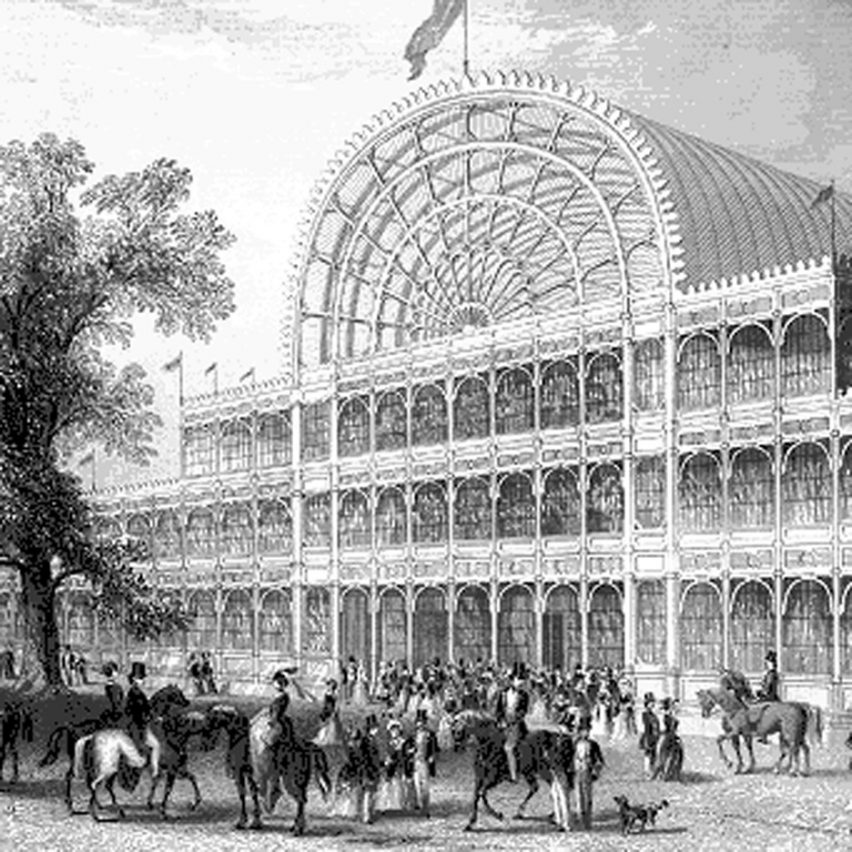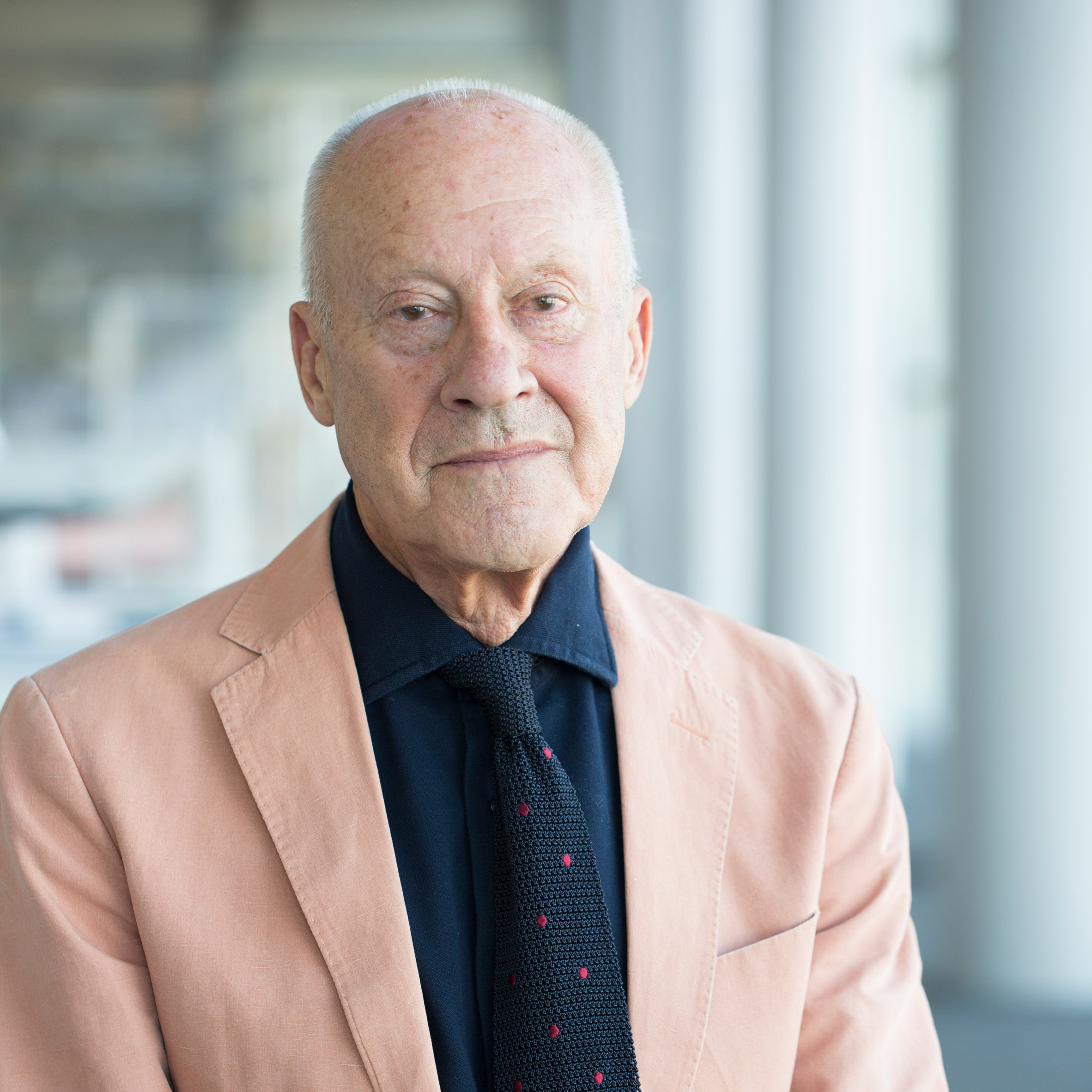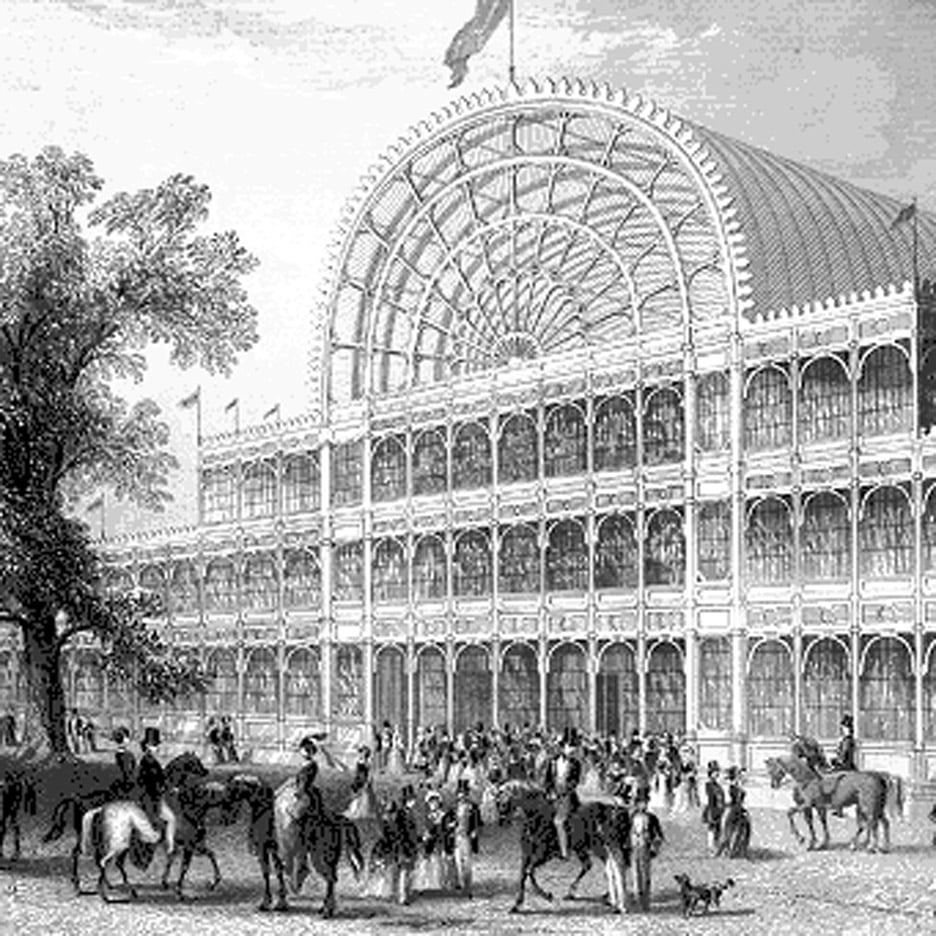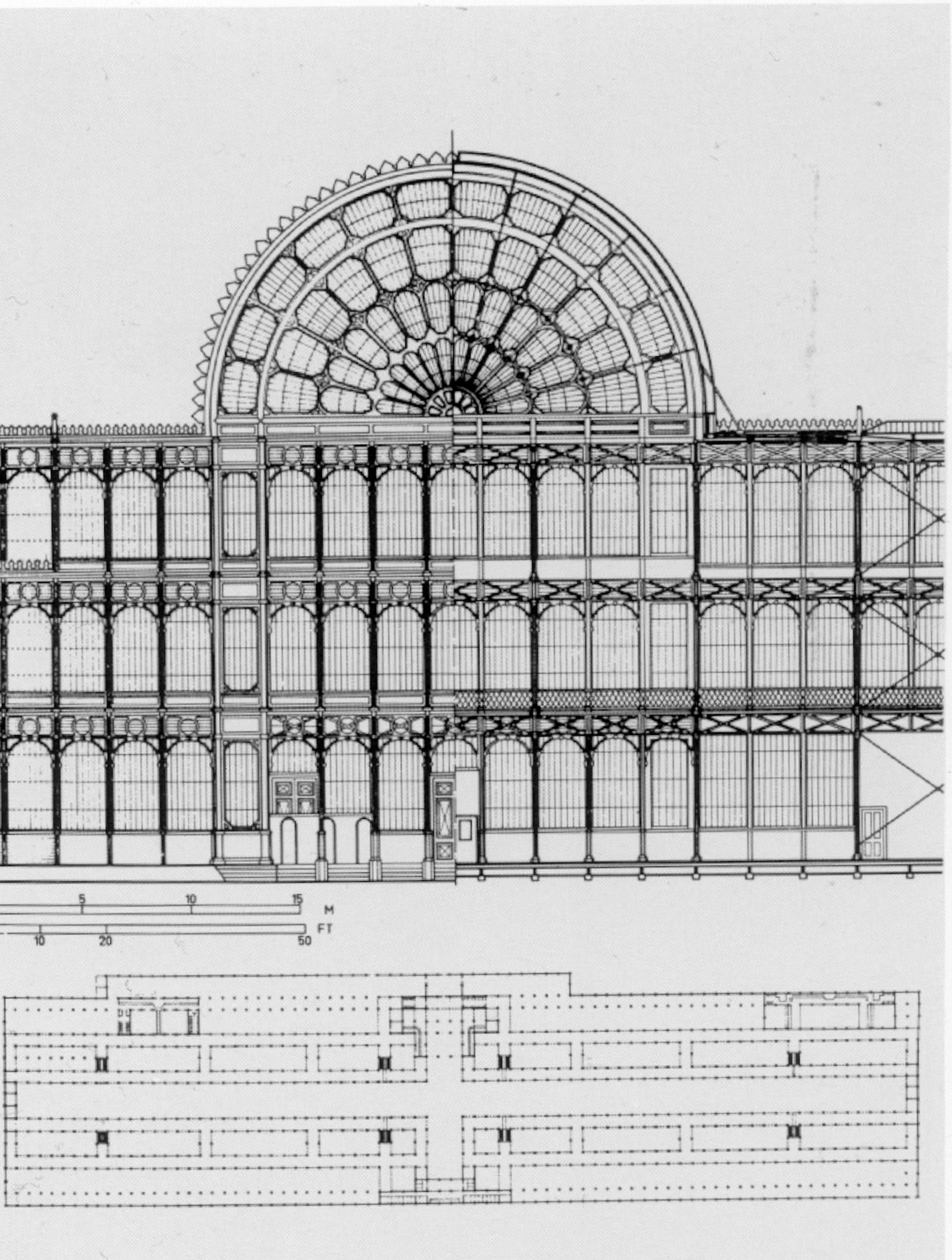
British architect Norman Foster has revealed that if he could visit any building from history, it would be Crystal Palace, which he cites as a major influence on high-tech architecture.
Speaking to Dezeen during an interview for our high-tech architecture series, Foster explained that the modular iron and glass building designed by Joseph Paxton would be top of his list of buildings he could visit.
"I've recently been asked, if there's one building from the past that you could visit, what would it be?" Foster told Dezeen.
"And I remember saying it would be the Great Exhibition, it would be the Crystal Palace of Paxton."

Foster, who was one of the key proponents of the high-tech architecture style, made the statement while explaining that the style had its routes in expressed structures of both the Chicago School and British buildings.
"I guess what I'm doing is I'm tracing a lineage, which is about structure, which is about the expression of structure, and perhaps rediscovering something from the past. And not just the American past, but our own past," said Foster.

Foster traces the routes of high-tech, and all modern architecture, to the Crystal Palace, which was built in London to house the Great Exhibition in 1851.
"That really was the birth of modern architecture, of pre-fabrication, of soaring spans of transparency," he explained. "That was a truly a seminal building. And I remember saying: 'That is truly high-tech'."

Paxton designed the Crystal Palace, which was 563 metres long and 39 metres high, as the venue for the first World's Fair. At the time, it was the largest glass building ever built.
The structure was made from prefabricated iron columns and girders, which were assembled on site. The entire building was based on a module size of 1.2 meters tall and 25 centimetres wide, which was the size of the largest mass-produced panes of sheet glass.
After the six-month exhibition on Hyde Park in central London, the structure was dismantled and reconstructed on Sydenham Hill in south London. The area is now named Crystal Palace after the structure. In 1936 the building was completely destroyed in a fire.
There have been several attempts to rebuild the structure. In 2014, Zaha Hadid, Richard Rogers and David Chipperfield were shortlisted by a developer that wanted to resurrect the building, however the plans were dropped by the local council.
Main photo is by Philip Henry Delamotte.
The post Crystal Palace was "birth of modern architecture" says Norman Foster appeared first on Dezeen.
https://ift.tt/37ETEyd
twitter.com/3novicesindia
No comments:
Post a Comment